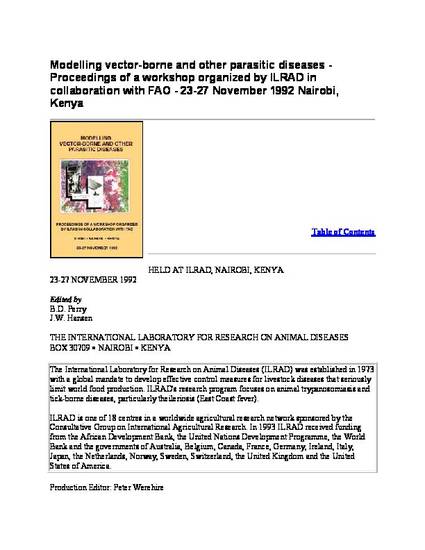
Screwworms (Cochliomyia hominivorax, Diptera: Calliphoridae) were eradicated from the United States with E.F. Knipling's 'demonstrative' model that related the relative mating proportions of wild and sterile insects to population fertility and predicted population trends in subsequent generations. Ad hoc correlations between treatments applied and experimental results obtained on Sanibel Island, Florida, in 1952-1953, Curacao, Netherlands East Indies in 1954, and the Florida mainland in 1957 provided a conceptual guide for the eradication campaigns from 1958 until 1967. Many mathematical models have since been proposed that relate pest insect population density at some future time to density, fertility, net reproduction rates, intrinsic reproduction rates, density dependent survival and frequency dependent matings at the present time. Both deterministic and stochastic formulations have been presented, but none has been adapted for use in screwworm eradication programs. A regression model, based on empirical field data, predicts frequencies of sterile matings in the target native populations given sterile fly release indices and estimates of native fly densities. This model is used in central America to help interpret field trials of new screwworm strains for mass production and release and to monitor the efficiency of sterile fly dispersal operations. Even now there is no model that predicts screwworm abundance from estimates of host animal densities, screwworm age structure, or screwworm fertilities and densities. Analysis of sterile fly release experiments, however, hints that density-dependent sterile mating rates obtain in screwworm flies, similar to those demonstrated in tsetse by Rogers and Randolph (1984).
Available at: http://works.bepress.com/elliot-krafsur/57/

This proceeding is published as Krafsur, E.S. 1994. Application of models to screwworm eradication programs. pp 299-308. In B. Perry & J. Hansen (Eds), Modelling vector-borne and other parasitic diseases. Proc. Workshop ILRAD/FAO. Nairobi, 1992.